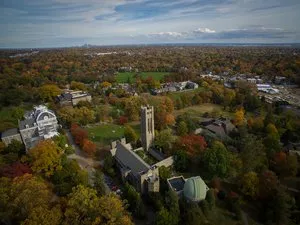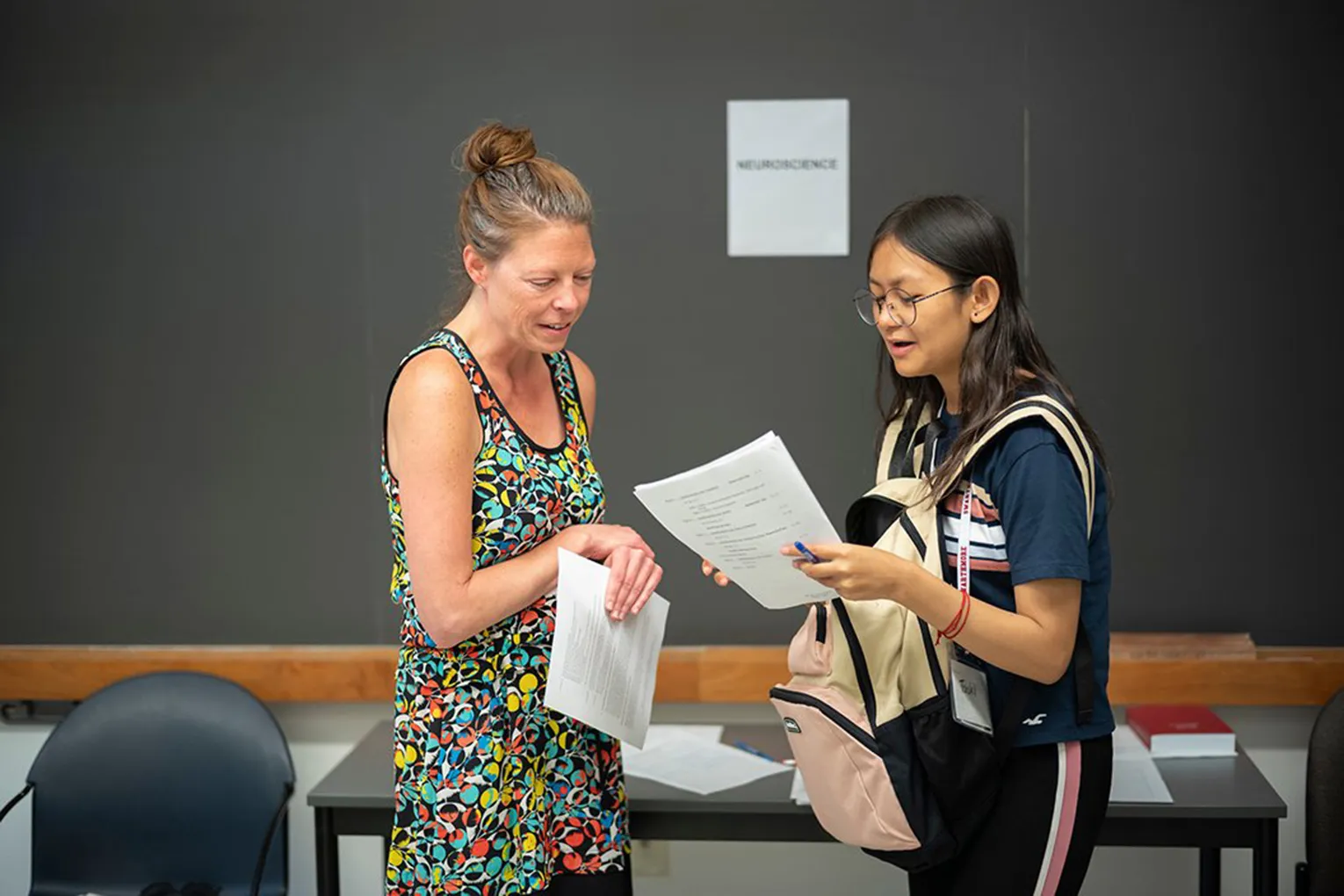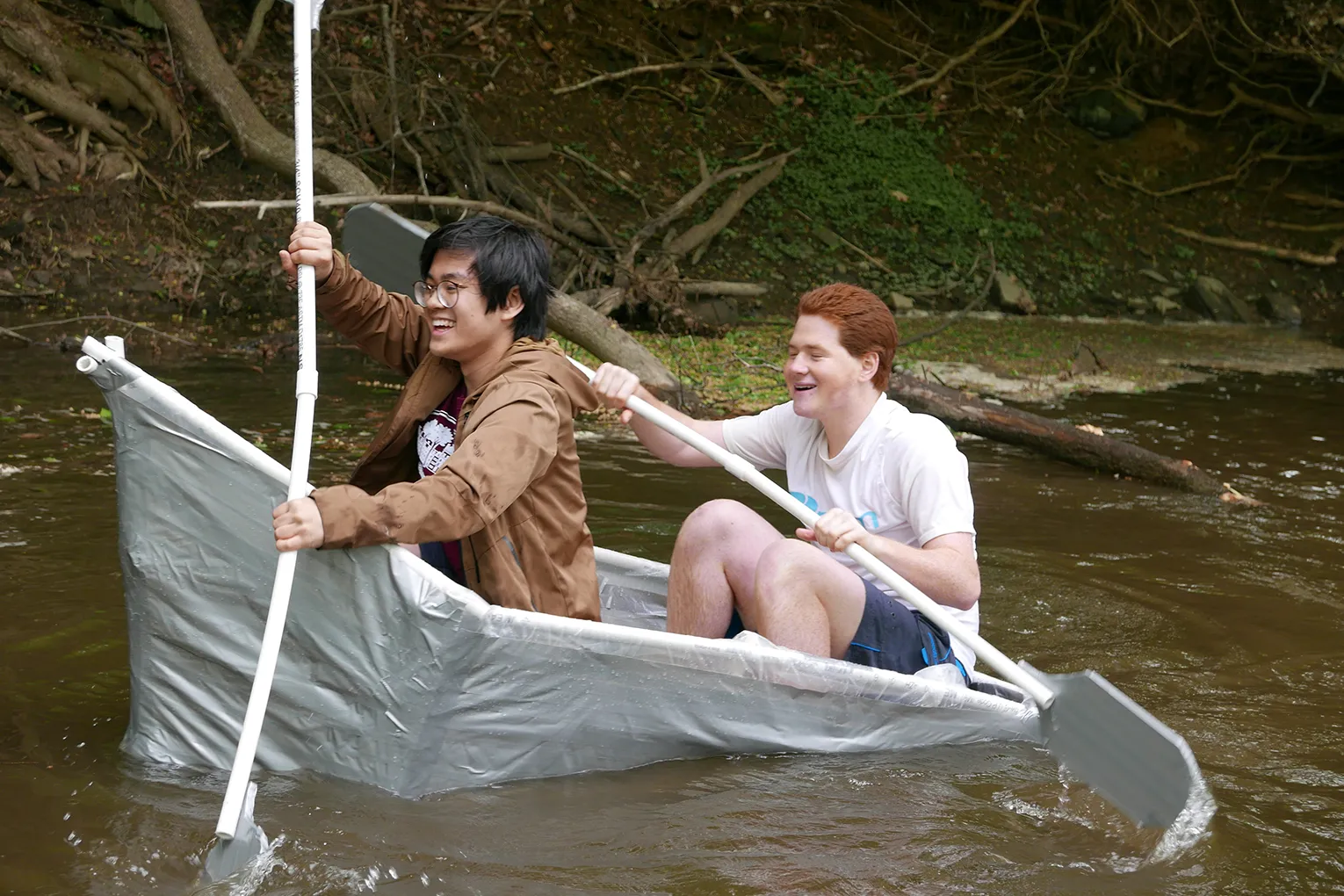Science & Society

Since technologies and sciences have the potential to expedite and maximize social impact, it is imperative to include the natural sciences in the conversation on social justice. Communities face problems every day concerning access to resources like clean water and quality air. Science can be a tool that is directly and actively involved in helping communities thrive despite these challenges by studying and solving such problems. While exploring engaged scholarship further through this page, keep in mind that any project with a communal mission or focus that involves science and technology in any form is highly encouraged by the mission of the Lang Center. STEM students interested in applying their technical or research skills in their respective fields through civic engagement projects are encouraged to apply for our programs and opportunities. The Lang Center is here to help you connect your “hard sciences” education in the classroom with your social calling. See student examples of engaged scholarship below.








